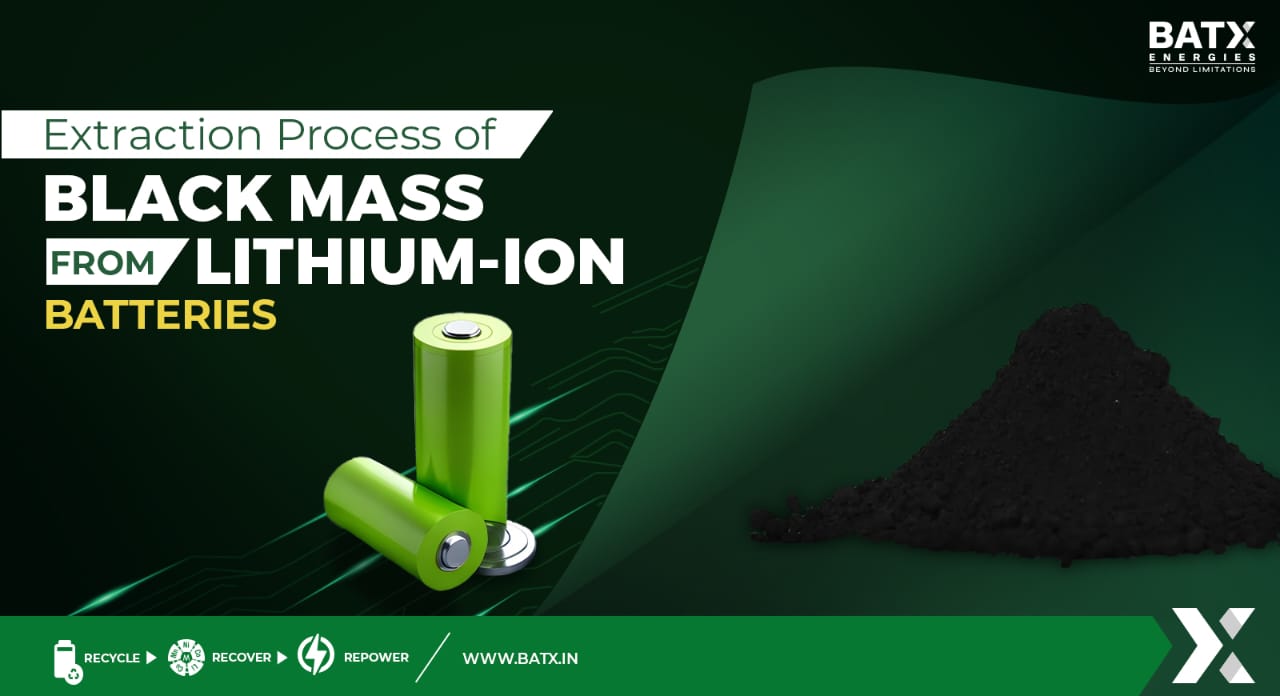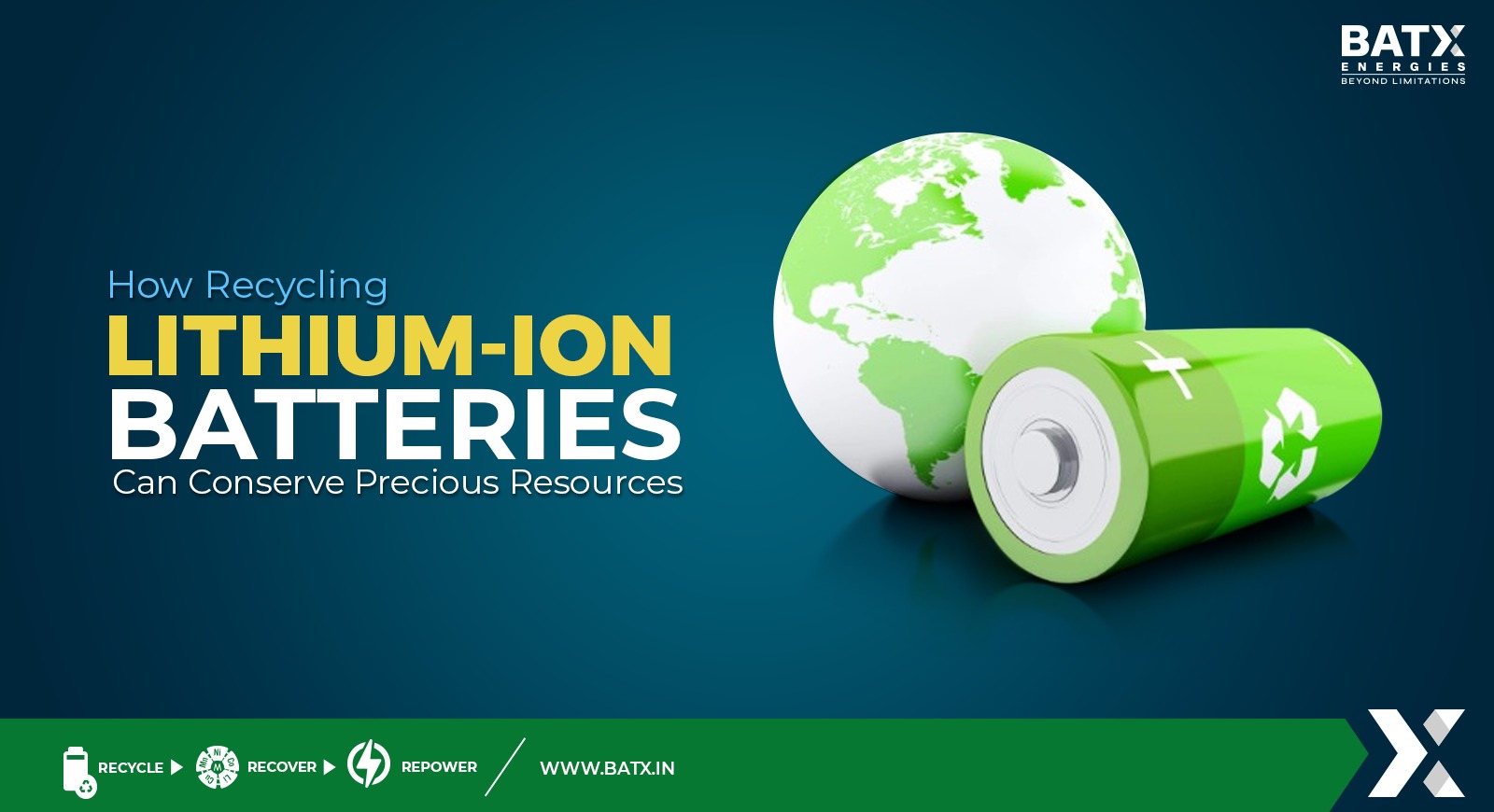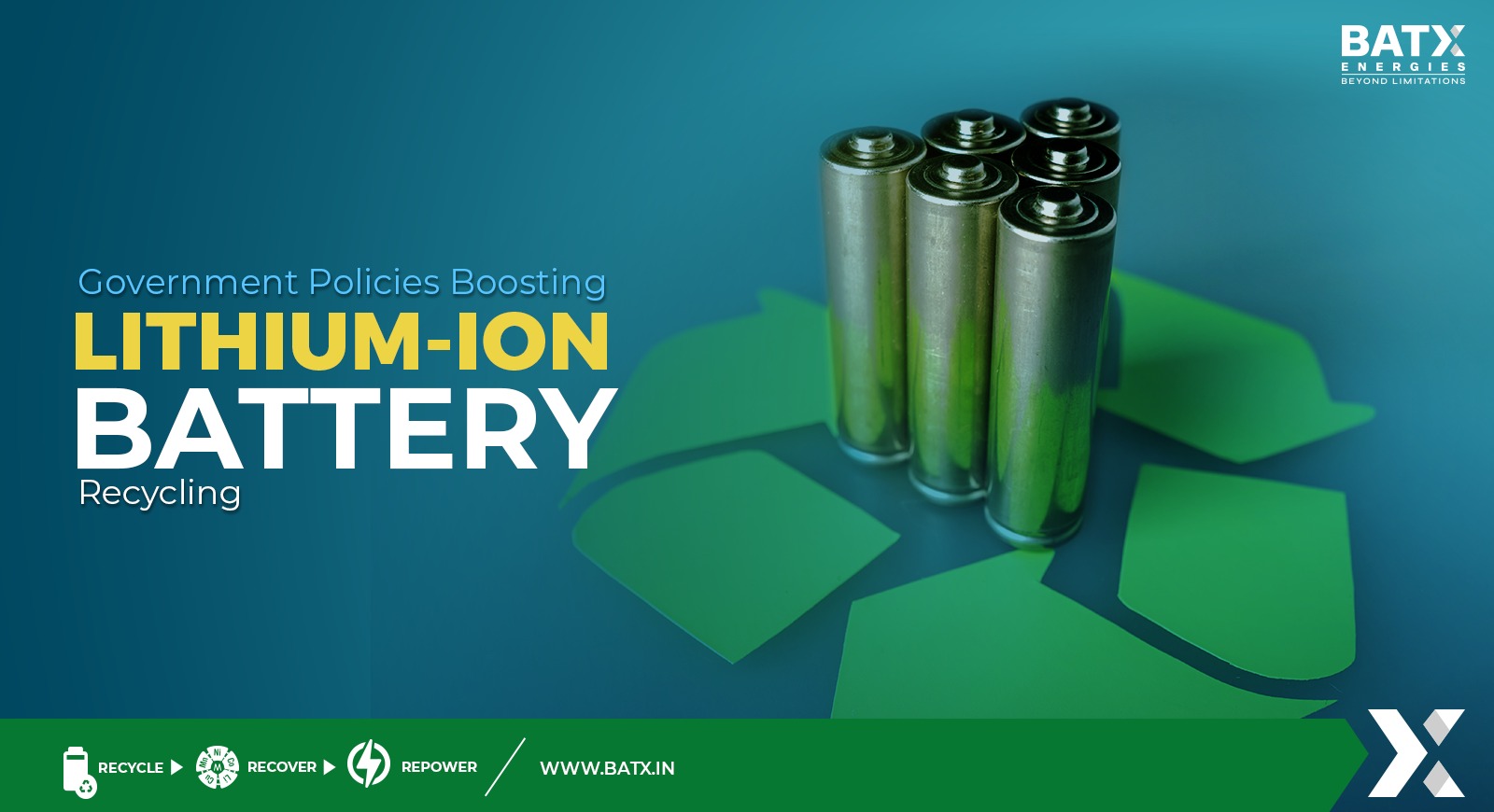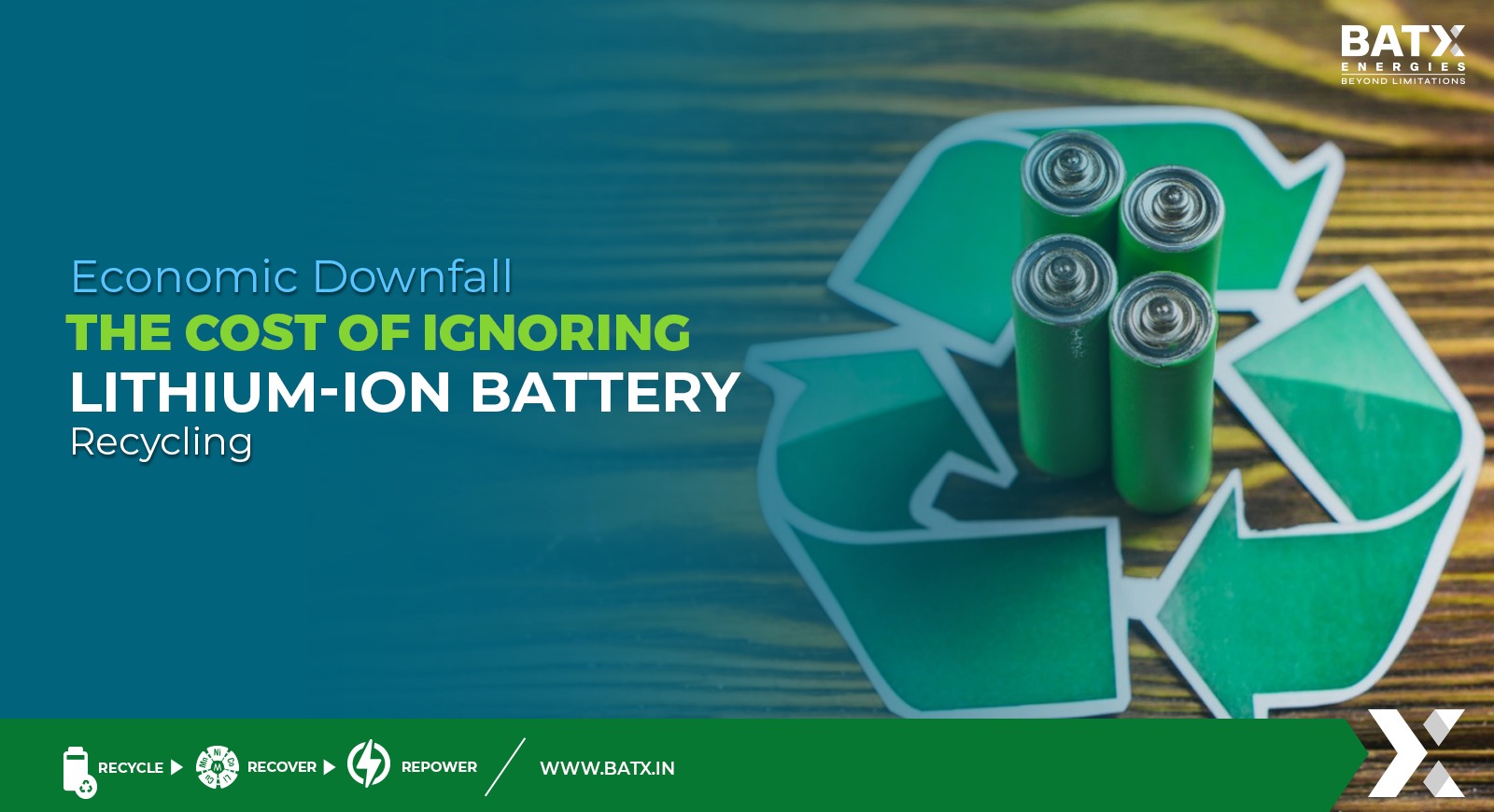Lithium-ion batteries have become an integral part of our lives, powering a wide range of devices, from smartphones and laptops to electric vehicles. However, as these batteries reach their end of life or become faulty, proper disposal and recycling are essential to mitigate their environmental impact and recover valuable resources. One crucial component of the recycling process is the extraction of black mass, a mixture of valuable metals from the battery cells. In this blog, we will delve into the extraction process of black mass from lithium-ion batteries.
Table of contentsExtraction Process of Black Mass from Lithium-Ion Batteries: Battery Sorting and Disassembly: Crushing and Shredding: Acid Leaching: Filtration and Separation: Precipitation and Recovery: Drying and Roasting: Metal Refining and Recycling: |
Understanding Black Mass:
Black mass, also known as black powder or black mass powder, is a mixture of metals obtained from the cathode material of spent lithium-ion batteries. The cathode material typically contains valuable metals such as lithium, cobalt, nickel, manganese, and aluminum. The process of extracting black mass involves several steps to separate and recover these metals for reuse.
Extraction Process of Black Mass from Lithium-Ion Batteries:
Here are the steps involved in the extraction process of black mass from lithium-ion batteries
Battery Sorting and Disassembly:
The first step in the extraction process involves sorting and disassembling the lithium-ion batteries. This is typically done manually or with the help of automated machines. The batteries are sorted based on their chemistry, size, and type. Once sorted, the batteries are disassembled, and the cells are separated from the outer casing.
Crushing and Shredding:
After disassembly, the battery cells undergo a crushing and shredding process. This step aims to reduce the size of the cells and increase the surface area for subsequent processes. Crushing and shredding can be done using specialized equipment that ensures the safe handling of the batteries and prevents the release of hazardous materials.
Acid Leaching:
Acid leaching is a commonly used method to extract black mass from the crushed battery cells. In this process, the crushed material is immersed in a diluted acid solution, usually sulfuric acid or hydrochloric acid. The acid helps dissolve the metals in the cathode material, leaving behind a solution containing metal ions.
Filtration and Separation:
After the acid-leaching process, the solution is filtered to remove any solid impurities. Filtration helps separate the dissolved metals from the remaining battery components. The filtered solution contains metal ions, including lithium, cobalt, nickel, manganese, and aluminum.
Precipitation and Recovery:
Various precipitation techniques are employed to recover the metals from the filtered solution. These techniques involve adjusting the pH and temperature of the solution to induce the precipitation of specific metals. Once precipitated, the metals can be separated from the solution through filtration or centrifugation.
Drying and Roasting:
The recovered metals are often in the form of compounds or oxides. To obtain pure metals, drying and roasting processes are carried out. The extracted black mass undergoes heat treatment to remove any remaining impurities and convert the metal compounds into their pure metallic form.
Metal Refining and Recycling:
The final step involves refining the extracted metals to meet the required purity standards. Refining techniques such as electrolysis or smelting are employed to obtain high-quality metals suitable for reuse. These metals can then be reintroduced into the production of new batteries or other applications.
Conclusion:
The extraction process of black mass from lithium-ion batteries is a crucial step in the recycling and recovery of valuable metals. By carefully sorting, disassembling, and treating the battery cells, it is possible to extract metals like lithium, cobalt, nickel, manganese, and aluminum for reuse. This process not only helps reduce the environmental impact of spent batteries but also contributes to conserving valuable resources. As the demand for lithium-ion batteries continues to grow, efficient and sustainable extraction techniques will play a vital role in ensuring a circular economy for these batteries.



